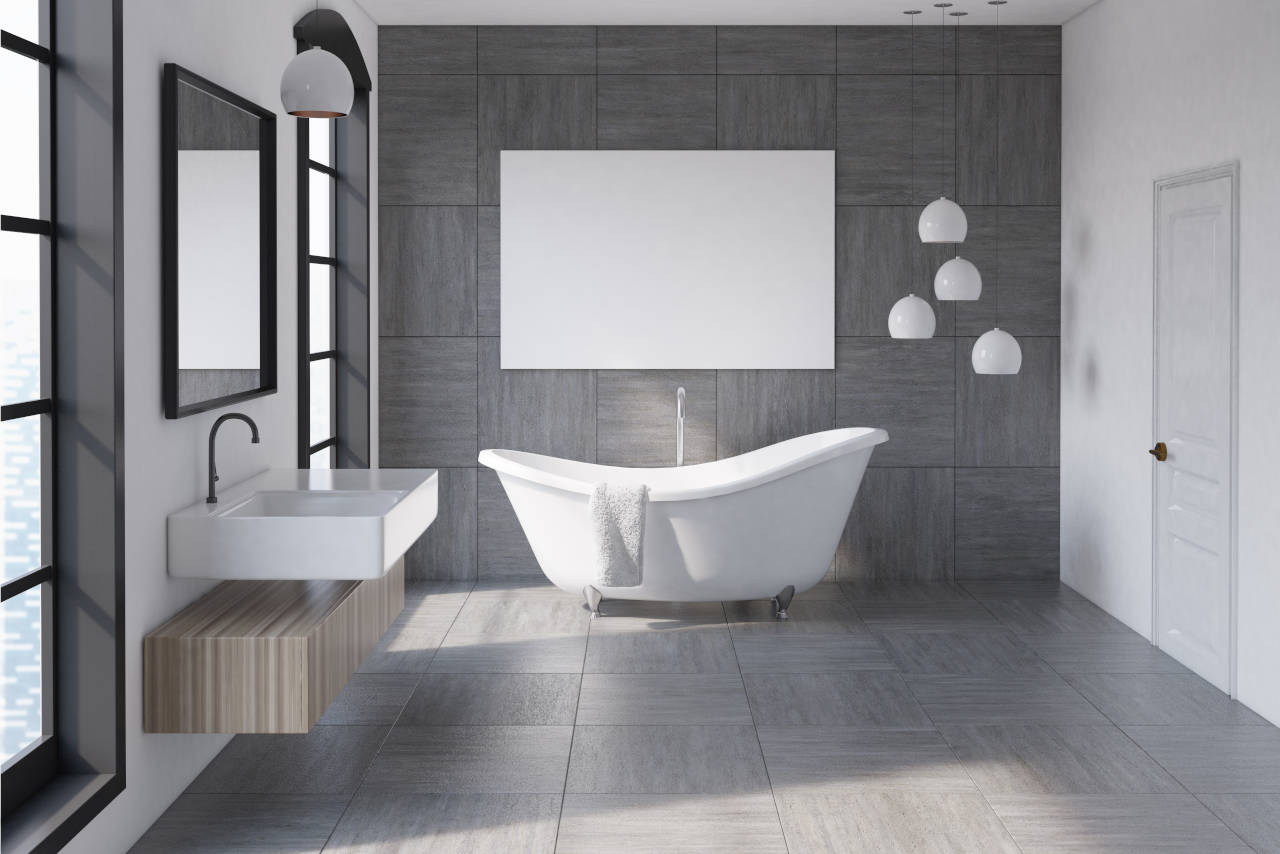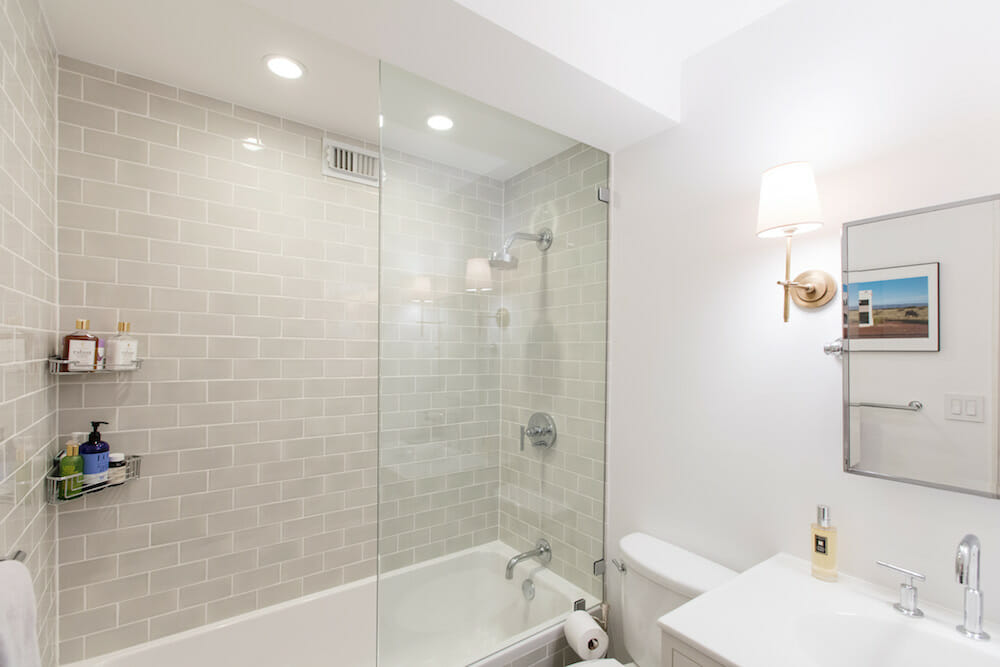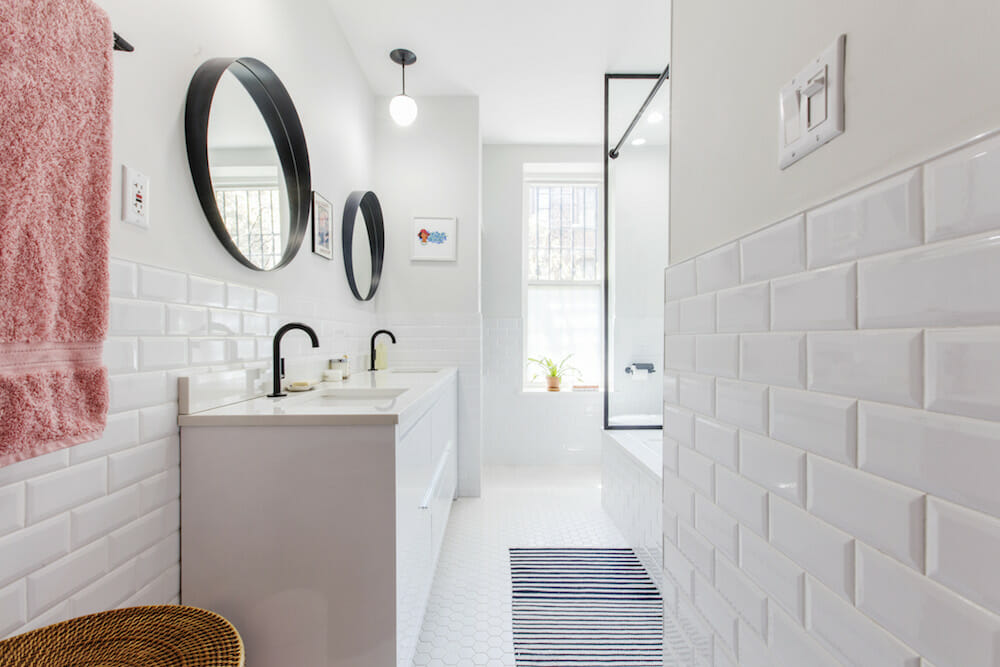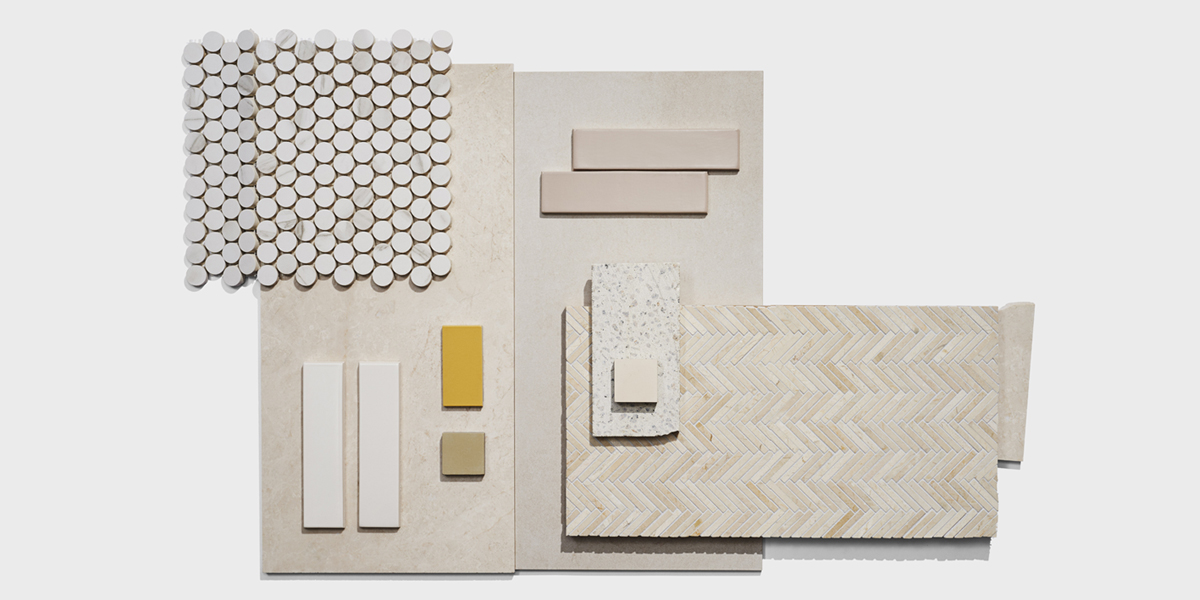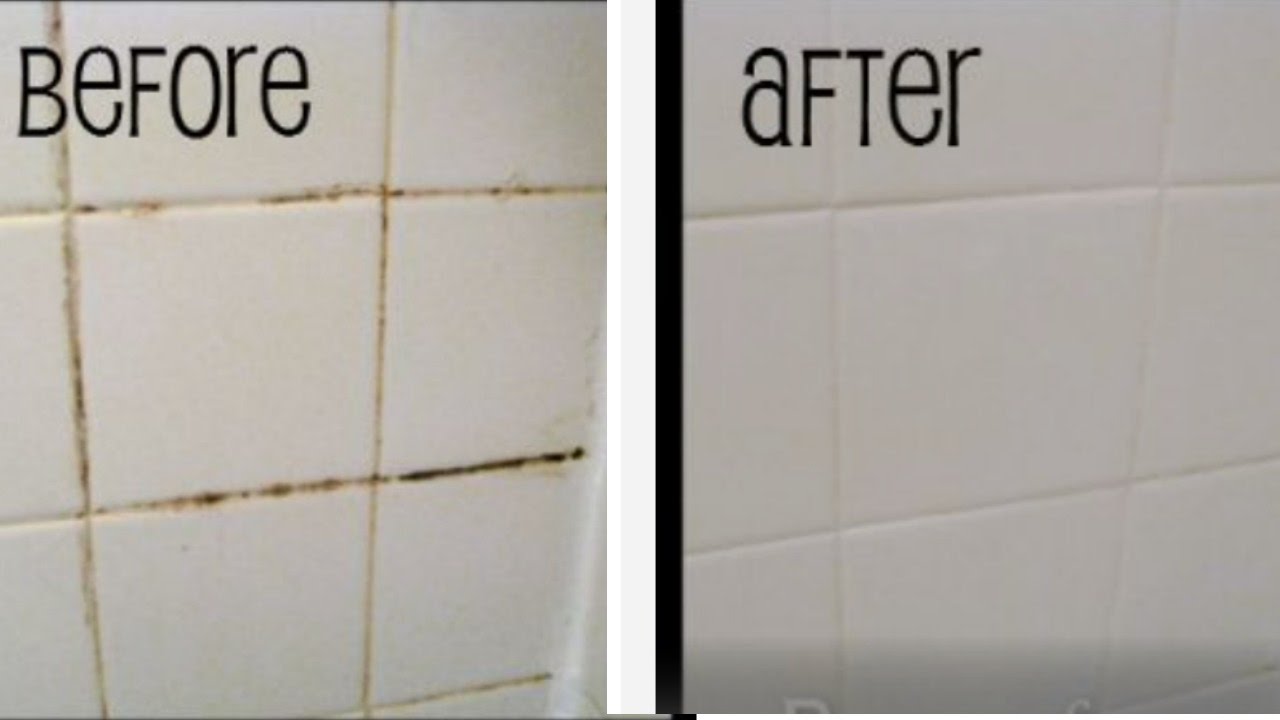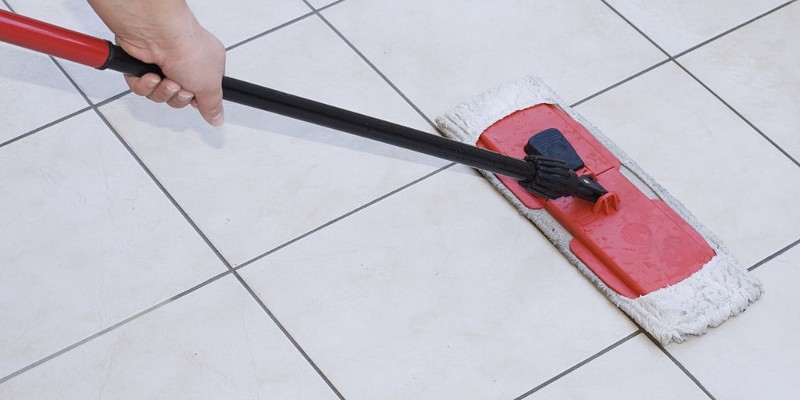Understanding the Factors Affecting the Cost of Bathroom Tile per Square Foot
When it comes to bathroom renovations, one of the key considerations is the cost of bathroom tile per square foot. Understanding the factors that affect the pricing of bathroom tiles can help homeowners make informed decisions and stay within their budget. Let’s discuss the various factors that can impact the cost of bathroom tiles and provide valuable insights for those planning their bathroom remodeling projects.
- Quality and Material: The quality and material of bathroom tiles play a significant role in determining their cost per square foot. Tiles made from high-quality materials such as porcelain or natural stone tend to be more expensive compared to ceramic tiles. Additionally, factors like the manufacturing process, durability, and design intricacy can also affect the price. It is essential to consider the desired level of quality and material when budgeting for bathroom tile installation.
- Tile Size and Shape: The size and shape of bathroom tiles can have a significant impact on their pricing. Larger tiles generally cost more per square foot than smaller ones due to the higher material and manufacturing costs. Similarly, intricate shapes and patterns may require more labor and expertise, making them pricier. Homeowners should carefully consider their preferences and the overall aesthetics they want to achieve while keeping an eye on the budget.
- Tile Finish and Style: The finish and style of bathroom tiles can also influence their cost per square foot. Glossy tiles or those with unique finishes like metallic or textured surfaces tend to be more expensive compared to standard matte tiles. Similarly, tiles with intricate designs or those that mimic natural materials like marble or wood may come at a higher price. It’s important to strike a balance between the desired aesthetics and the allocated budget.
- Brand and Supplier: The brand and supplier of bathroom tiles can impact the cost per square foot. Well-known brands often come with a premium price tag due to their reputation and quality assurance. On the other hand, local or lesser-known suppliers may offer more affordable options without compromising on quality. Homeowners should research different brands and suppliers, compare prices, and read customer reviews to find the best balance between cost and quality.
- Market Demand and Location: The market demand and location can also affect the cost of bathroom tiles per square foot. In areas where there is high demand for specific tile styles or materials, prices may be higher due to limited availability. Additionally, regional variations in labor costs and supply chain logistics can impact the overall pricing. It is advisable to research the local market trends and consult with professionals to get a better understanding of the cost dynamics in your area.
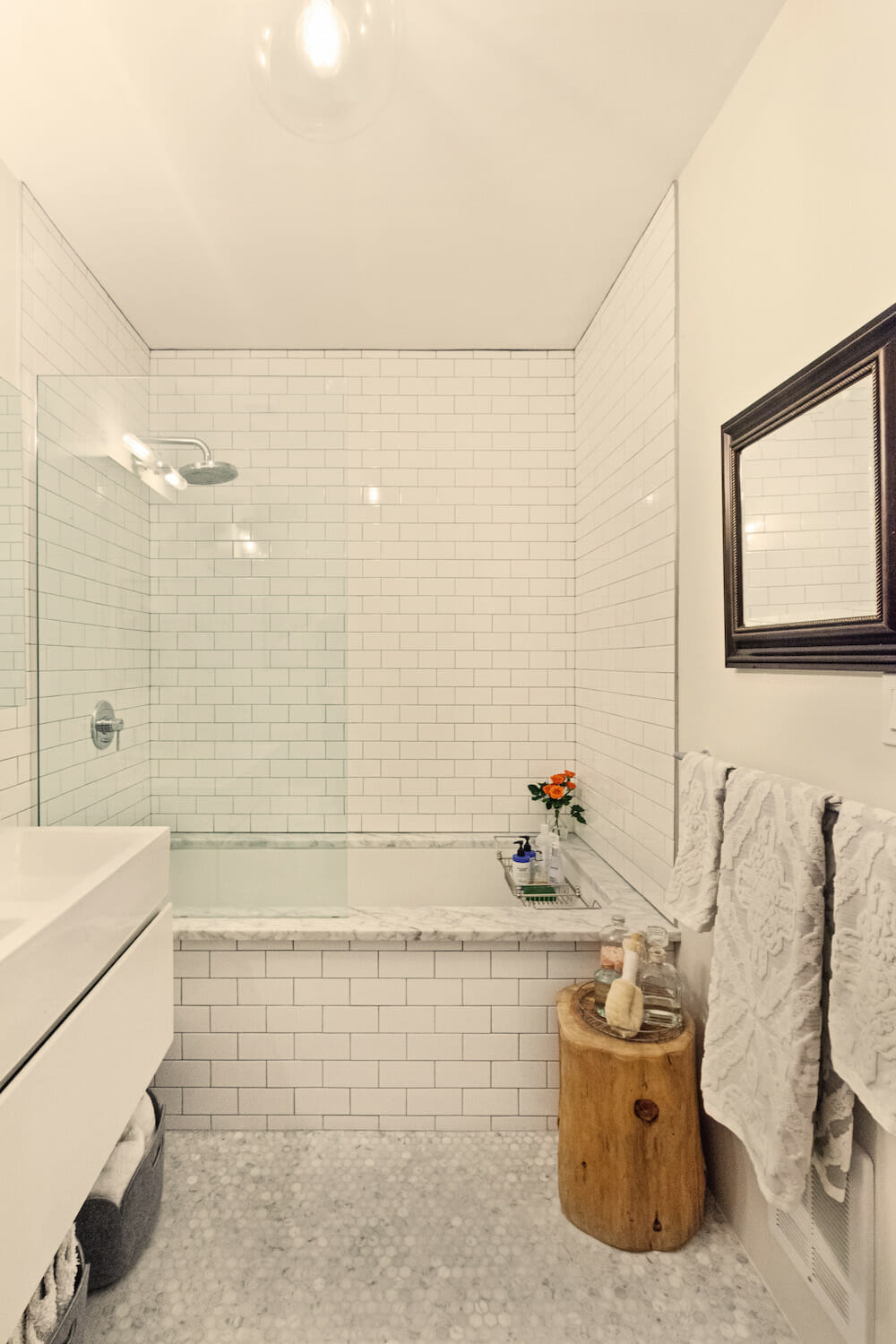
Comparing the Different Types of Bathroom Tiles and Their Price Range per Square Foot
Choosing the right type of bathroom tile is crucial for achieving the desired look and functionality. However, with a wide range of options available in the market, it can be overwhelming to decide which type of tile suits your needs and budget. Let’s compare different types of bathroom tiles and their price range per square foot, helping you make an informed decision during your bathroom renovation project.
Ceramic Tiles: Ceramic tiles are one of the most popular and affordable options for bathroom flooring and walls. They come in various designs, colors, and patterns, making it easy to find a style that matches your aesthetic preferences. On average, ceramic tiles can range from $1 to $8 per square foot, depending on factors such as quality, size, and design intricacy.
Porcelain Tiles: Porcelain tiles are known for their durability, water resistance, and versatility. They are available in a wide range of styles, including those that mimic natural stone or wood. Porcelain tiles tend to be slightly more expensive than ceramic tiles, with prices ranging from $3 to $12 per square foot. However, their long lifespan and low maintenance requirements make them a worthwhile investment.
Natural Stone Tiles: For a luxurious and timeless look, natural stone tiles are an excellent choice. Options like marble, granite, travertine, and slate provide a unique and elegant appearance to any bathroom. However, natural stone tiles are generally more expensive, with prices ranging from $5 to $30 or more per square foot. The price can vary based on the type of stone, quality, and rarity.
Glass Tiles: Glass tiles are a popular choice for adding a sleek and modern touch to bathrooms. They come in various colors, sizes, and finishes, allowing for creative and unique designs. Glass tiles can range from $7 to $30 per square foot, depending on factors such as thickness, quality, and complexity of installation. While they may be more expensive, their aesthetic appeal and ability to reflect light make them worth considering.
Mosaic Tiles: Mosaic tiles are small, intricate pieces that can create stunning visual effects in bathrooms. They are available in different materials such as ceramic, glass, porcelain, or natural stone. The price of mosaic tiles can vary widely, depending on the type of material and design complexity. On average, mosaic tiles can range from $5 to $30 per square foot or more, making them a versatile option for adding personality to your bathroom.
How Installation and Labor Costs Impact the Overall Price of Bathroom Tile per Square Foot
When estimating the cost of bathroom tile per square foot, it’s essential to consider the installation and labor costs. The complexity of the installation process, the expertise required, and the time taken can significantly impact the overall price. Let’s discuss how installation and labor costs can affect the total expenses of your bathroom tile project, allowing you to plan your budget effectively.
Tile Removal and Preparation: Before new tiles can be installed, the existing tiles need to be removed, and the surface needs to be prepared. This process can be time-consuming and labor-intensive, especially if the existing tiles are difficult to remove or if there are any underlying issues with the floor or walls. The cost of tile removal and preparation can range from $1 to $5 per square foot, depending on the complexity of the job.
Tile Installation: The actual installation of bathroom tiles requires skill and precision. The cost of tile installation can vary based on factors such as the type of tile, size, pattern complexity, and the experience level of the installer. On average, tile installation costs can range from $5 to $15 per square foot. It’s crucial to hire professional installers who have expertise in working with the specific type of tile you have chosen.
Additional Labor: In addition to tile installation, there may be other labor costs involved in the bathroom tile project. This can include tasks such as grouting, sealing, caulking, and edging. The cost of additional labor can vary based on the complexity and size of the project. It is advisable to discuss these requirements with professionals and obtain detailed quotes to get a clear idea of the additional labor costs.
Customization and Design: If you have specific customization or design requirements for your bathroom tiles, it may incur additional labor costs. Custom patterns, intricate designs, or mosaic installations can require more time and expertise, thus increasing the overall price. Discussing your design ideas with professionals and obtaining detailed cost estimates can help you plan accordingly and avoid any surprises during the project.
Demolition and Disposal: Apart from tile removal, there may be additional demolition and disposal costs if any structural changes or modifications are required. This can include removing old fixtures, walls, or subflooring. The cost of demolition and disposal can vary based on the complexity of the job, the amount of debris, and any specific disposal requirements in your area. It is essential to factor in these costs when estimating the overall price of your bathroom tile project.
Additional Expenses: Grout, Adhesive, and Sealing Costs for Bathroom Tile Installation
When budgeting for a bathroom tile installation project, it’s important to consider the additional expenses beyond the cost of the tiles themselves. Items such as grout, adhesive, and sealing materials are essential for a successful and long-lasting tile installation. We will see the costs associated with grout, adhesive, and sealing, helping you plan your budget effectively and ensure a durable bathroom tile installation.
Grout: Grout is a material used to fill the gaps between tiles, providing stability, preventing moisture penetration, and enhancing the overall appearance. The cost of grout can vary based on factors such as the brand, color, and quantity required. On average, grout can range from $0.50 to $2 per square foot. It’s important to choose a grout that is suitable for the type of tiles being installed and consider the long-term durability and maintenance requirements.
Adhesive: Adhesive, also known as thinset or mortar, is used to secure the tiles to the surface. The cost of adhesive can vary depending on factors such as the type of tile, substrate material, and the size of the tiles. On average, adhesive can range from $0.50 to $3 per square foot. It is crucial to choose an adhesive that is compatible with both the tiles and the surface to ensure proper adhesion and longevity.
Sealing: Sealing bathroom tiles is essential for protecting them against stains, moisture, and damage. The cost of sealing materials can vary based on factors such as the type of tile, the size of the area, and the specific sealer used. On average, sealing materials can range from $0.50 to $5 per square foot. It’s important to select a sealer that is suitable for the type of tiles being installed and follow the manufacturer’s instructions for proper application.
Tools and Equipment: In addition to the materials mentioned above, there may be additional expenses for tools and equipment required for the tile installation process. This can include items such as trowels, tile cutters, spacers, and grout floats. The cost of these tools can vary based on their quality and brand. It is advisable to consult with professionals or research the necessary tools and equipment to ensure you have everything you need within your budget. Renting tools or borrowing them from friends or family can also be a cost-effective option.
Professional Services: While some homeowners may choose to install bathroom tiles themselves, others may opt to hire professional contractors for the installation. The cost of professional services can vary depending on factors such as the complexity of the project, the size of the area, and the experience level of the contractor. It is advisable to obtain multiple quotes from different contractors and consider their expertise and reputation before making a decision. Keep in mind that hiring professionals can ensure a high-quality installation and save you time and potential mistakes in the long run.
Tips and Tricks to Save Money on Bathroom Tile
Bathroom renovations can be costly, but there are several tips and tricks to help you save money on bathroom tile without compromising on quality or style. By exploring budget-friendly options and considering DIY installation, you can achieve the bathroom of your dreams while staying within your budget. Below we share some valuable tips and tricks to help you save money on bathroom tile and installation.
Research and Compare Prices: Before making any purchases, it’s important to research and compare prices from different suppliers and retailers. Explore both local stores and online retailers to find the best deals on bathroom tiles. Keep an eye out for sales, discounts, and clearance items that can significantly reduce the cost. By being patient and doing your research, you can find high-quality tiles at affordable prices.
Opt for Ceramic Tiles: Ceramic tiles are a cost-effective option that can still provide a stylish and durable finish to your bathroom. They are available in a wide range of designs and colors, allowing you to achieve the desired aesthetic without breaking the bank. Ceramic tiles are also relatively easy to install, making them suitable for DIY projects, which can further save you money on installation costs.
Consider Alternatives: If natural stone or high-end tiles are beyond your budget, consider alternatives that mimic the look of expensive materials. For example, porcelain tiles that resemble marble or wood can provide a similar aesthetic at a fraction of the cost. These alternatives are often more affordable while still offering durability and easy maintenance.
DIY Installation: One of the most effective ways to save money on bathroom tile is by opting for DIY installation. While it may require some time and effort, installing tiles yourself can save you a significant amount of money on labor costs. There are various online tutorials, guides, and resources available that can help you learn the basics of tile installation. Start with a small area or consider practicing on spare tiles before tackling the entire bathroom.
Shop for Secondhand or Overstock Tiles: Consider checking local classifieds, online marketplaces, or salvage yards for secondhand or overstock tiles. Many individuals sell leftover tiles from their own renovation projects at discounted prices. Overstock tiles from suppliers or retailers can also be an affordable option. While the selection may be limited, you can often find high-quality tiles at a fraction of the original cost.
Plan and Minimize Waste: Careful planning and measuring can help minimize tile wastage, ultimately saving you money. By accurately calculating the amount of tiles needed and accounting for cuts and trim pieces, you can avoid purchasing excess tiles. Additionally, consider using smaller tiles for intricate areas or using mosaic tiles as accents to make the most of your tile inventory.
Prioritize High-Traffic Areas: If you have a limited budget, focus on prioritizing high-traffic areas such as the bathroom floor or shower walls. These areas are more prone to wear and tear, and investing in durable and high-quality tiles can ensure longevity. For less visible areas such as the backsplash or decorative accents, consider using more affordable options or alternative materials to save money.
Seek Professional Advice: While DIY installation can save you money, it’s still essential to seek professional advice and guidance when needed. Consult with experienced contractors or tile experts for tips, recommendations, and guidance on the best practices for tile installation. They can provide valuable insights and help you avoid costly mistakes that could arise from improper installation.
Popular Bathroom Tiles and How Much They Cost
What’s the Average Cost Just to Tile a Bathroom?
2024 Bathroom Remodel Cost Guide
Cost to Tile Shower & Bathroom
Related Posts:
- Bathroom Tiles Ki Safai
- Bathroom Tile And Backsplash
- How To Replace Bathroom Tile With Drywall
- Ideas For Bathroom Tiles Pictures
- Modern Ceramic Bathroom Tiles
- Bathroom Tile Subfloor
- Bathroom Tile Backsplash Images
- Retro Bathroom Tile Ideas
- How To Clean Bathroom Tile Grout With Vinegar
- Bathroom Tile White And Black
